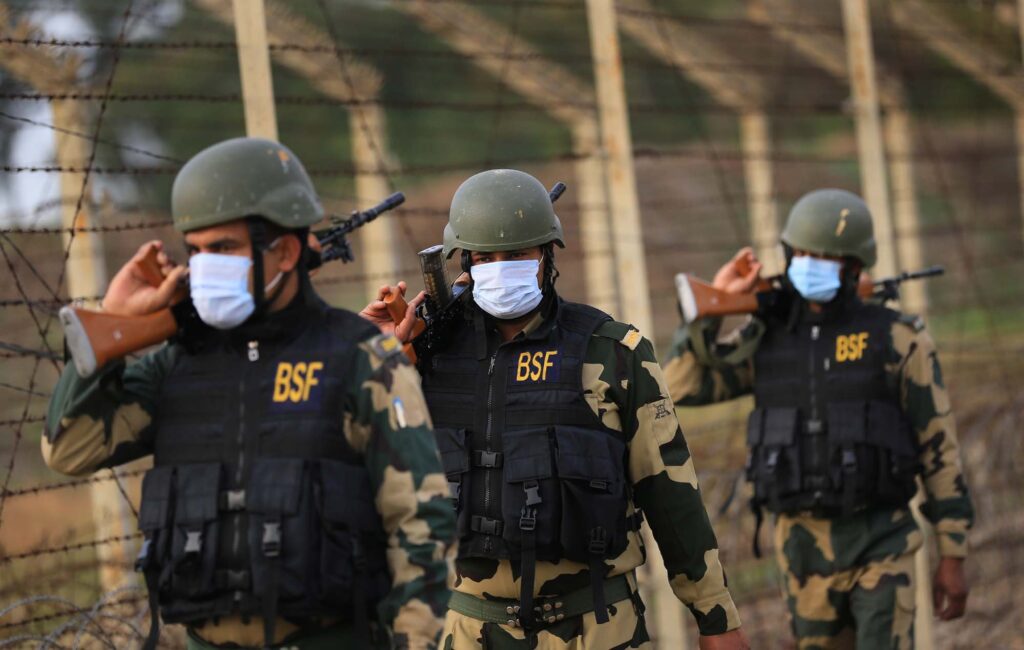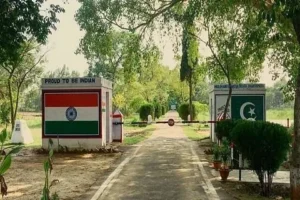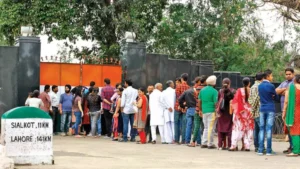
The Suchetgarh Border Closure: An Analysis of Security and Civilians
For a long time the border between India and Pakistan at Suchetgarh in Jammu has represented both separation and unity. The Octroi Post at Suchetgarh is a well-known tourist destination and site of historical significance. It has served as a site for civilians to observe the harsh realities of international borders while also recognizing the cultural connections that transcend them. This border’s function and accessibility have significantly changed though as a result of recent events that have resulted in its closure to civilian traffic.
The Background of the Closure

A devastating terror attack in Pahalgam sparked increased security concerns which led to the decision to close the Suchetgarh border to civilians. Authorities are reevaluating security measures as a result of this attack which killed 26 people and sent shockwaves throughout the region. The group behind this horrific act has been identified as the Resistance Front (TRF) a division of the Pakistan-based Lashkar-e-Taiba (LeT). The government has responded by taking strict measures to protect its citizens and stop similar incidents in the future.
Pakistani Visitors Rush to Exit India Amid Border Closure
Consequences for Ordinary People

Many saw the Suchetgarh border as a site of introspection and comprehension rather than merely a physical separation. Visitors from the general public could observe the rituals and learn about the intricacies of international relations. Those who wished to experience its distinct atmosphere have surely been affected by the border’s closure.
There will probably be difficulties for the region’s tourism industry as well. One of the main draws for tourists to Jammu and Kashmir was the Suchetgarh border which boosted the local economy and promoted cross-cultural interaction. Its closure might have an adverse economic impact on nearby companies and communities underscoring the wider influence of security choices on everyday life.
Accessibility and Security in Balance

There are significant concerns regarding how to strike a balance between security and accessibility in light of the Suchetgarh border closure. Citizens’ safety comes first but it’s also critical to think about how decisions will affect society in the long run. Boundaries are more than just physical barriers; they are places where histories converge, cultures collide, and conversations start. It is a challenge that calls for careful thought and creative solutions to guarantee that these areas are still accessible despite security concerns.
Gazing Ahead
Promoting communication and cooperation amongst stakeholders is essential as the region negotiates these changes. In order to address security concerns and maintain the cultural and historical significance of locations such as the Suchetgarh border authorities local communities and civilians must collaborate. Solutions that put safety first without sacrificing accessibility may be made possible by this cooperative approach.
A reminder of the precarious balance between security and civilian access is provided by the closure of the Suchetgarh border. It emphasizes the significance of protecting areas that link us to our common past and humanity while also underscoring the necessity of being vigilant in the face of danger. Let’s look for ways to make sure that borders continue to be bridges of understanding rather than merely lines of division as we consider this development.





